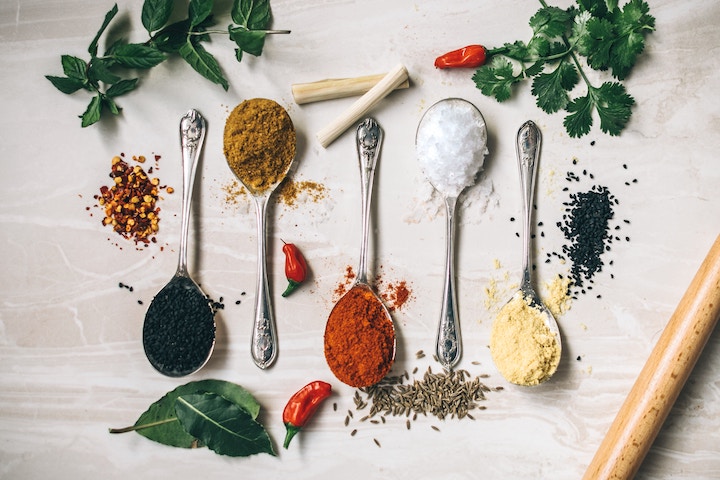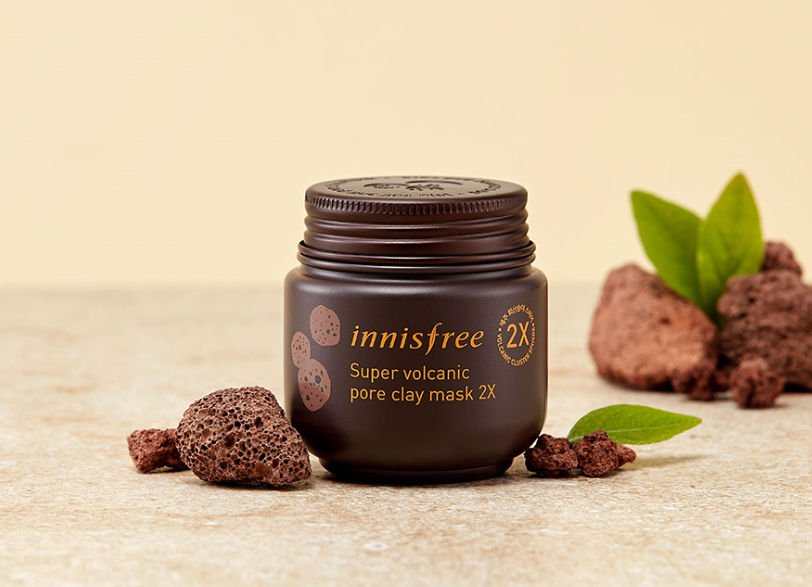It’s not just in the West; K-beauty is also big in the south — South Asia, that is. Here, why India is primed to jump on the K-beauty bandwagon.
India, a country of more than a billion people, is slowly unfurling towards Korean beauty. While surrounding Asian nations such as China, Malaysia, Singapore, Indonesia, and Thailand have embraced all things hallyu (the Korean wave), and international tourists regularly flock the K-beauty mecca of Myeongdong, India has been responding to the Korean export of culture rather more slowly. And yet Indian media have been charting the rise of hallyu in the subcontinent, tracking how Indian youth are experimenting with fashion, entertainment, and beauty, thanks to the “frenzy” of the Korean wave.
So what happens when two cultural giants meet? And what does that mean for Indian beauty practices? Here, a look into the rise of K-beauty in India.

East meets East has happened before (with great results!)
Legend tells us that the Korean ruler Kim Su-ro once married a princess apparently from an Indian kingdom and together they became the founding couple for Geumwagan Gaya, one of the Three Kingdoms. History is fuzzy on the details, and we can’t say for sure whether this princess was truly Indian, based on the patchy evidence at hand. But the story serves to show that the spread of trade and culture has long been a feature of inter-Asian relations, and that the Korean wave is merely globalized flow on crack. (Just kidding.) Let’s explore the spread of Korean culture in India, shall we?

It all started with Lee Min Ho (sort of)
If I could pinpoint a moment when Korean culture started gathering momentum in India, it was around the Boys Before Flowers era, followed by now-classic dramas such as Coffee Prince, You’re Beautiful, and Heirs.
“I love Lee Min Ho!” gushed my Indian flatmate to me when I met her last year. She had left India for the first time in her life but had fallen in the arms of a Korean drama addiction, and the first thing she, my Chinese flatmate, and I bonded over were Korean dramas.
Improved and expanded internet networks throughout the country, as well as the rise of a middle class that is far more consumeristic and willing to experiment with different cultural offerings, have helped the K-drama cause. Online streaming sites in India like Viu feature Korean dramas in addition to regional and national offerings. And the viewing of Korean dramas is even entangled in political movements: Students from the northeastern regions of India told me that they had begun watching Korean dramas when mainstream Bollywood movies were banned by active political parties in their provinces.
Beauty crossing: The tangling of cultures
Indians are traveling to Korea in increasing numbers, spurred by an interest in the country and its culture, and awakened through K-culture consumption. Korean idols are starting to visit India more often, and even Bollywood is paying attention, with Korean companies producing and planning remakes of Korean movies and dramas for an Indian audience. This spread of Korean culture through K-drama and K-pop is also affecting the way many young urban Indians approach their beauty game as well.
Prominent YouTubers such as Sherry Shroff are featuring Korean beauty hauls. Laneige has released an ad about a meet-cute between an Indian heritage woman and a Korean university student. Innisfree has set up a brick-and-mortar store in the nation’s capital of New Delhi. So it’s only inevitable that K-beauty is now gaining traction in Indian youth culture as well.
Indian beauty traditions
To understand how Korean beauty may be received in India, you first have to understand how beauty is approached in India.
Unlike in Korea, where taking care of your skin is seen practically as part of basic hygiene, Indian women do not, in general, devote as much time and money to their skincare. This is largely because economically speaking, most women cannot afford splash money on skincare products. Unlike Korea, India has a greater scale and depth of poverty, and previously, middle classes emphasized thrift and saving.
Another major difference is that lookism isn’t quite so prevalent in India as in Korea. While beauty ideals do exist and are unattainable for most people (go figure), there isn’t a general sense of expectation that women must work to live up to them, unlike in Korea.

Indian beauty draws on Ayurvedic traditions and customs that integrate a sense of wholeness to the concept of beauty. Many Indian beauty regimens center around natural products used in India for hundreds of years, such as turmeric, rose water, and gooseberries. Henna is used to dye hair and in mehndi, the lovely natural tattoos scrolling across hands and feet. I’ve seen Indian girls mix crushed hibiscus petals into warm coconut oil, which they use as a hair mask before shampooing and jasmine petals against their skin for fragrance. What I love about Indian beauty is how I can just go for a walk in my grandfather’s garden and find something natural and inexpensive to work into my beauty routine.
How K-beauty fits into Indian beauty
I’m not suggesting that henna trees are now growing undisturbed thanks to the growing passion for K-beauty. But with increasing access to Korean beauty products online, many young Indian women are exploring Korean beauty philosophies and practices.
The beauty of Korean beauty (see what I did there) is that it takes itself seriously. With caring for skin equated to that of hygiene, there are hundreds of products tailored for different skin needs. And Indian city issues of excessive heat, humidity, and pollution are mirrored in Korea’s urban spaces, making products such as Innisfree Volcanic Pore Clay Mask and Purito's Deep Sea Water Cream perfectly translatable for the climate.

Last year, I visited India for three months during a spell of blistering heat. Thanks to the pimple patches I’d purchased from Korea, as well as an abbreviated version of the 10-step Korean beauty regimen, my skin remained relatively problem-free, and as an astonished beautician told me, “You have amazingly clean skin.” Thanks, Korean skincare routine!
That’s not to say I’ve tossed Indian beauty practices out the window. I now combine the two, appreciating Indian beauty practices for its ease and care for the environment. A favorite weekly mask combines a 1/4 teaspoon of turmeric powder, Mamonde rose water, and natural yogurt that draws impurities from my face and gives it a soft radiance.
My hope is that K-beauty companies will draw inspiration from Indian beauty traditions and incorporate the potent powers of gooseberry, henna, and turmeric into their future products as well as deepen the conversation about holistic beauty practices.
Does your beauty routine mix and match cultural traditions? Share with us below!
Loading...